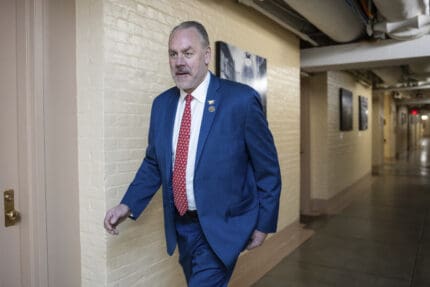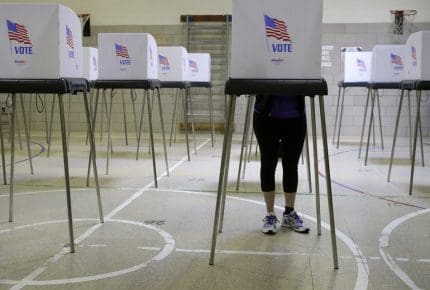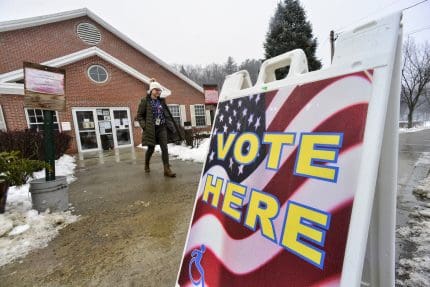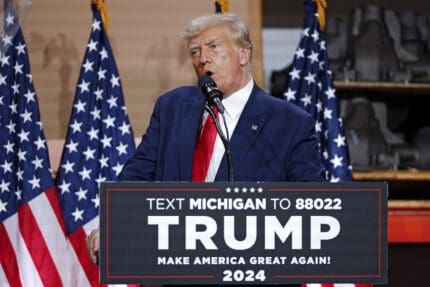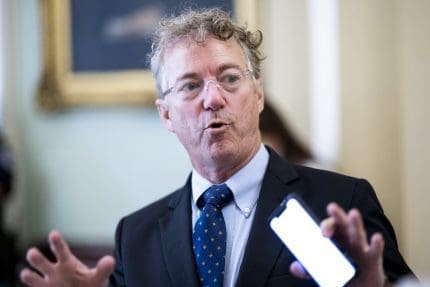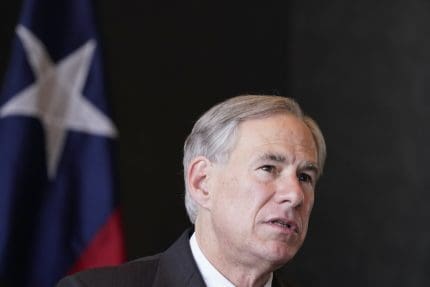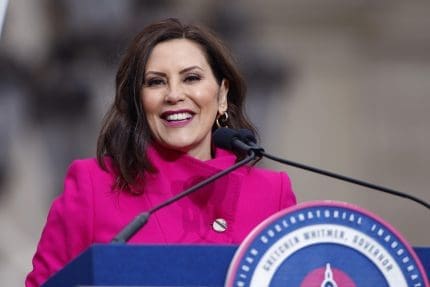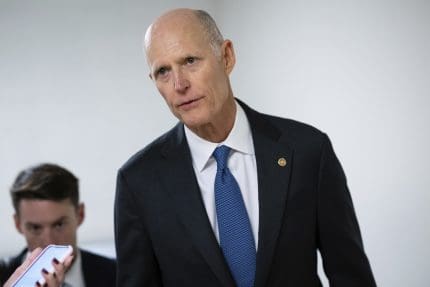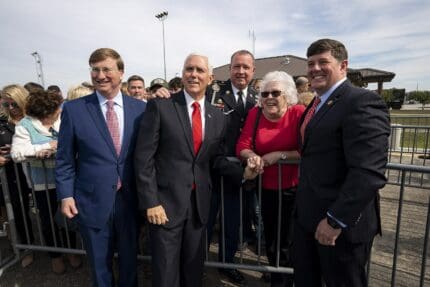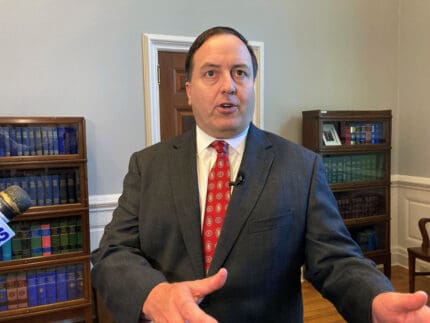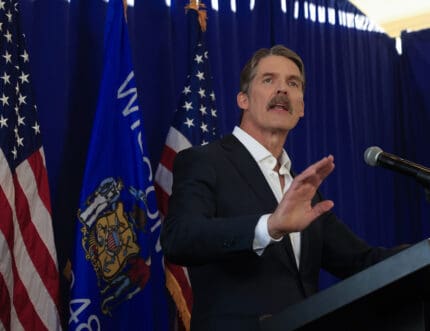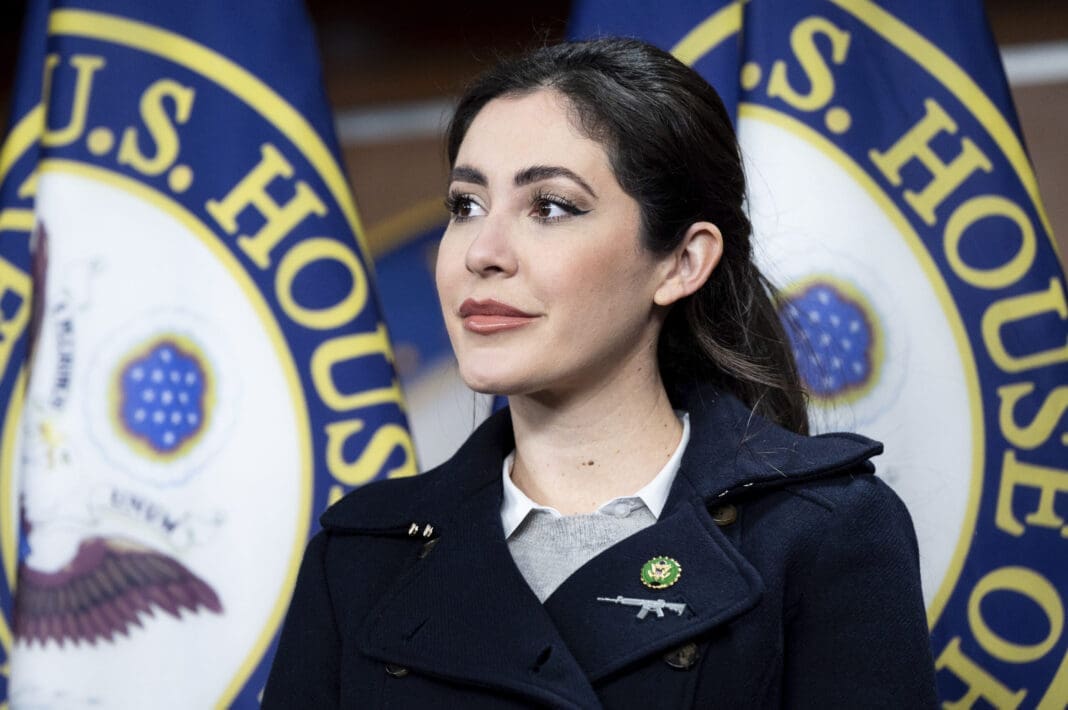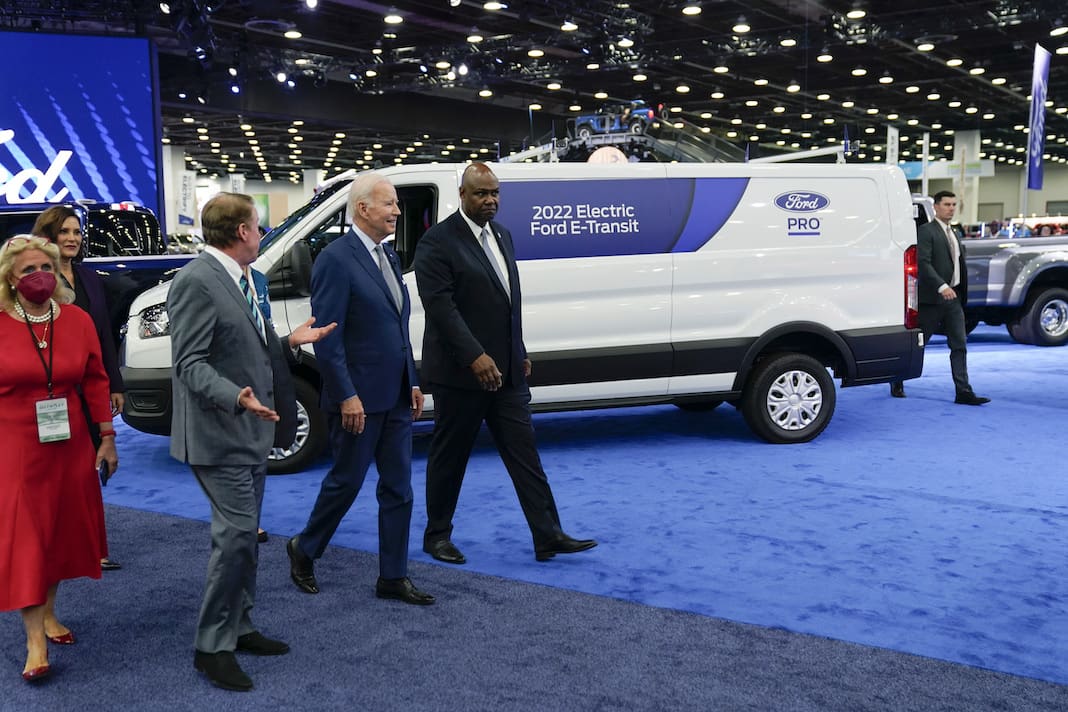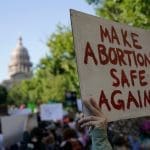The Biden administration just increased pay for 50,000 military base workers
They are among the 70,000 federal employees who will see their wages increase.

The Office of Personnel Management announced on Jan. 21 that it has instructed federal agencies to put in place a $15-an-hour minimum wage for nearly 70,000 federal employees, more than 50,000 of whom are employed by the Department of Defense at military bases throughout the United States.
The increased minimum wage, which will take effect across the government by Jan. 30, follows on an executive order signed by President Joe Biden on Jan. 22, 2021, his second day in office, that began the process of increasing the federal minimum wage. The order instructed OPM to investigate which federal workers would be eligible for an increase.
Biden signed an executive order in April that raised the minimum wage to $15 for federal contractors.
In a press release published on Friday, OPM noted that those affected by the increase included “Around 50,000 Department of Defense employees of non-appropriated fund activities at military bases around the country who provide essential services to our military, including many who are military spouses.”
Gilbert Cisneros, the undersecretary of defense for personnel and readiness, said in a statement, “This pay increase is an important step for the civilian men and women who support the military community and their families.”
An additional 9,700 of the workers entitled to the minimum wage increase work for the Department of Veterans Affairs. They include custodians, housekeeping aides, and food service workers.
The bulk of federal employees who currently earn below $15 per hour work at the departments of Defense, Agriculture, and Veterans Affairs. The new policy will apply to all agencies within the executive branch of the government, excluding the Postal Service and the Postal Regulatory Commission.
OPM noted that around 130 wildland firefighters, 400 plant protection technicians, and 3,800 custodial workers will receive the pay increase. Residents of all 50 states, Washington, D.C., Puerto Rico, Guam, American Samoa, the Northern Mariana Islands, and the Virgin Islands will have their wages increased.
During former President Donald Trump’s term in office from 2017 to 2021, the federal minimum wage did not increase. During his presidential debate with Trump on Oct. 22, 2020, Biden called for a wage increase, noting, “No one should work one job, be below poverty.”
“People are making six, seven, eight bucks an hour. These first responders we all clap for as they come down the street because they’ve allowed us to make it. What’s happening? They deserve a minimum wage of $15. Anything below that puts you below the poverty level.”
Congress is currently considering an increase of the federal minimum wage to $15 from the current $7.25. The amount was last increased in 2009.
The “Raise the Wage Act,” introduced a year ago by Rep. Bobby Scott (D-VA), currently has 201 co-sponsors, all Democrats. If enacted, the increase would impact 21% of the U.S. workforce and provide a living wage to low-wage workers across the country.
Published with permission of The American Independent Foundation.
Recommended
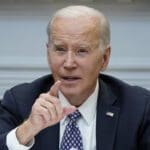
Biden calls for expanded child tax credit, taxes on wealthy in $7.2 trillion budget plan
President Joe Biden released his budget request for the upcoming fiscal year Monday, calling on Congress to stick to the spending agreement brokered last year and to revamp tax laws so that the “wealthy pay their fair share.”
By Jennifer Shutt, States Newsroom - March 11, 2024
December jobs report: Wages up, hiring steady as job market ends year strong
Friday’s jobs data showed a strong, resilient U.S. labor market with wages outpacing inflation — welcome news for Americans hoping to have more purchasing power in 2024.
By Casey Quinlan - January 05, 2024
Biden’s infrastructure law is boosting Nevada’s economy. Sam Brown opposed it.
The Nevada Republican U.S. Senate hopeful also spoke out against a rail project projected to create thousands of union jobs
By Jesse Valentine - November 15, 2023

















